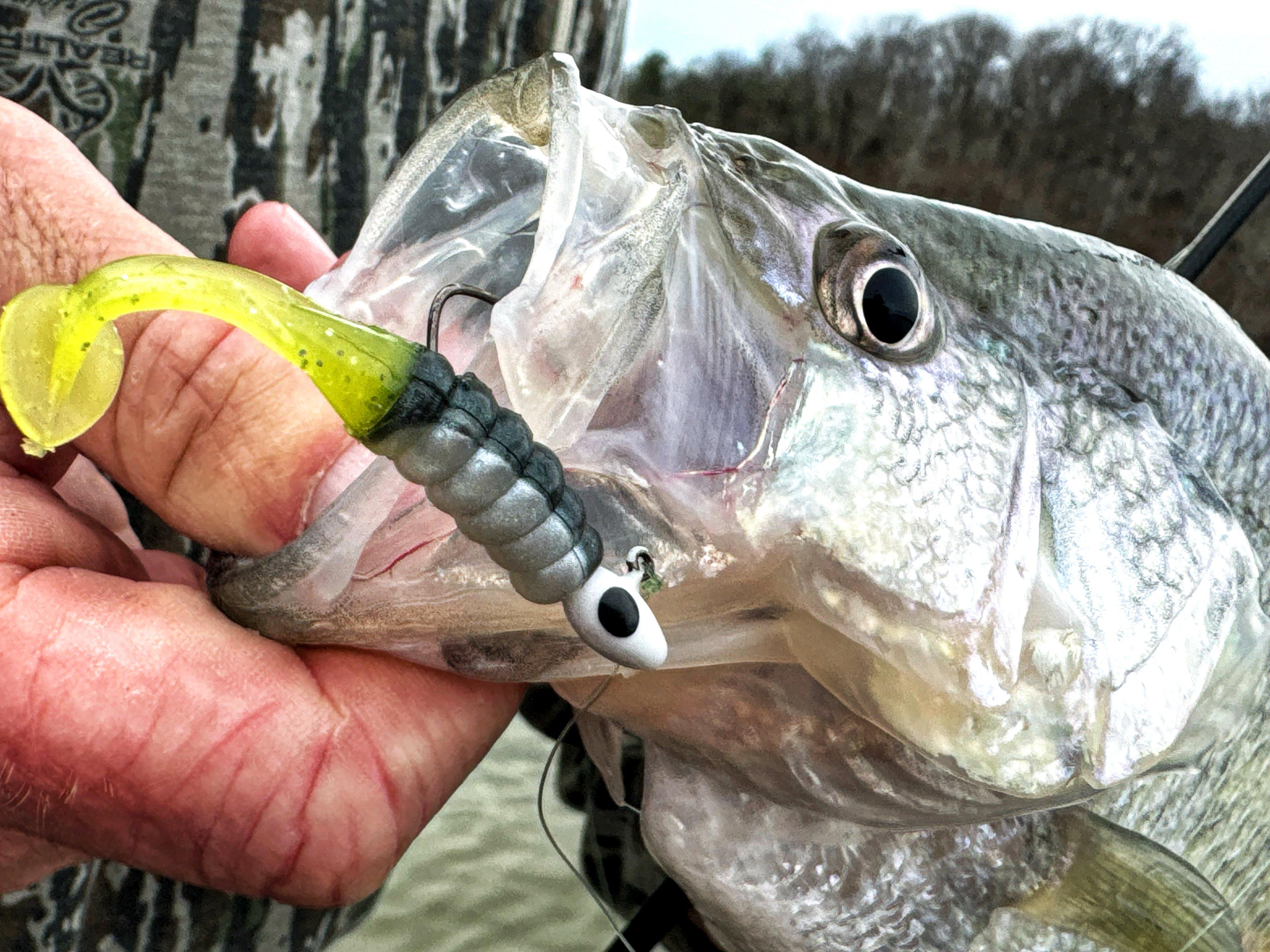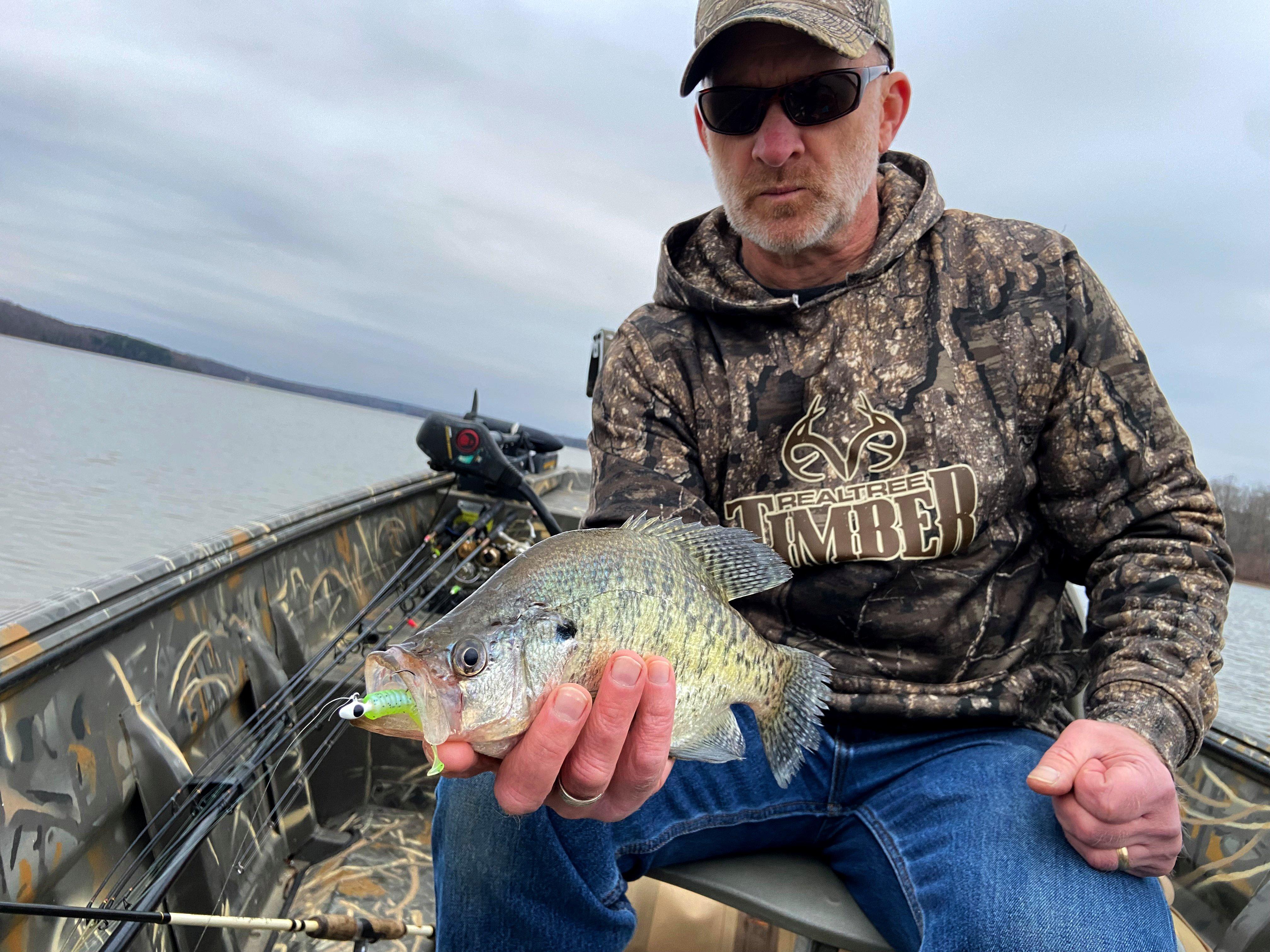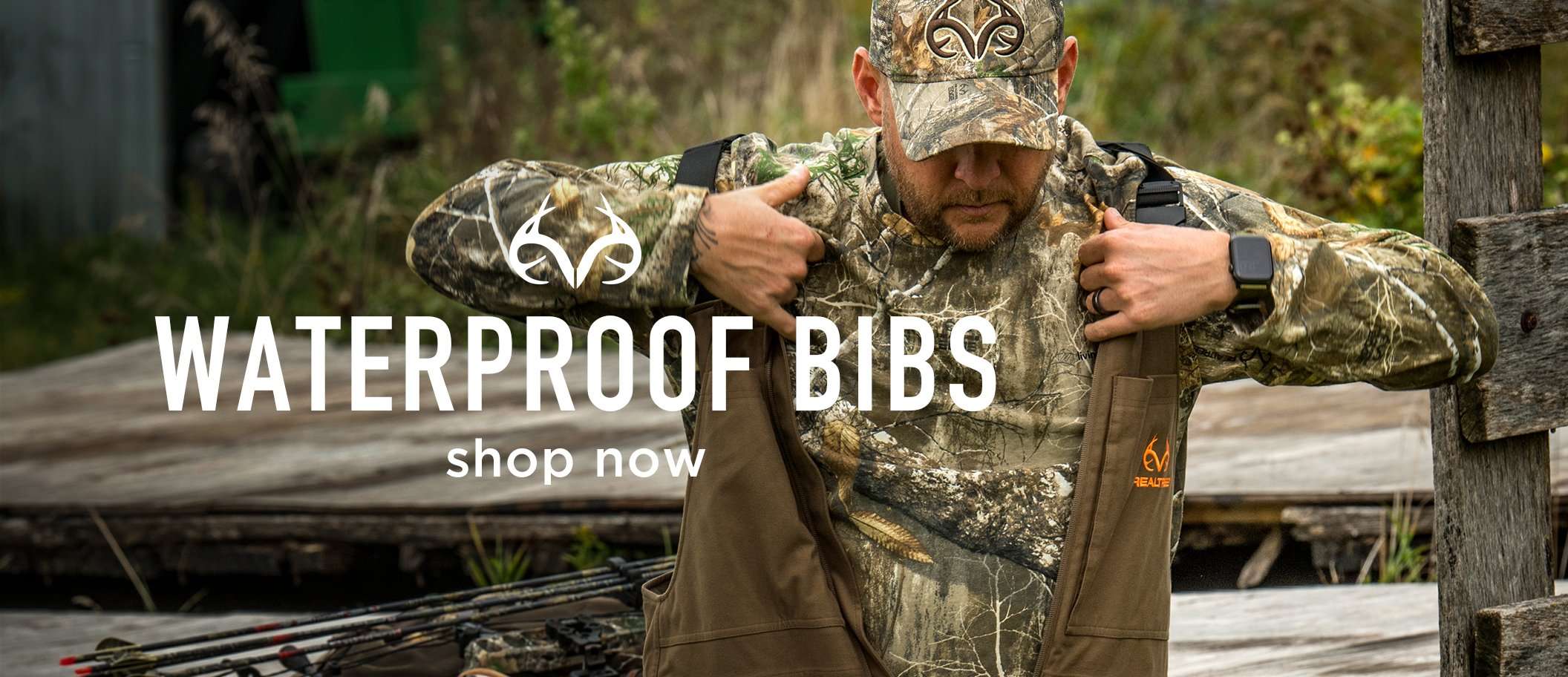Should you go with a twister tail or a tube? What color will work best today? Here’s your guide to picking plastics

Today’s crappie anglers have an abundance of soft-plastic lure styles and colors to choose from. Image by Bill Konway
Soft-plastic crappie lures used to come in a few basic styles, mostly tiny tubes or curly-tails. Today, however, there are all sorts of soft-plastic crappie lures. Tubes and twisters have been joined by shad-bodies and micro-nymphs, thumpers, swimmers, jokers, and more, giving us a wide array of fish-attracting options.
Color choices have matched the expansion. Realistic baitfish shades share the tacklebox with Electric Chicken and Monkey Milk. All catch fish. But with such an overwhelming selection, how do you know what soft-plastic crappie lure to use on a particular day?
First, it’s important to understand how these unique fish are attracted to our lures, and what makes them strike.
CRAPPIES FEED BY SIGHT
Just looking at the physical characteristics of a fish can give some indication of its lifestyle and preferred food sources. Crappies have some of the largest eyes of all freshwater fish; much bigger than other panfish like bluegills and larger, by comparison, than bass, catfish, and salmon species, too. It’s speculated that crappies have such large eyes because of their sight-feeding behavior, a theory any avid crappie angler can attest to. Crappies often meticulously study lures and baits while deciding their next move, which is frequently to not strike altogether. They’re very peculiar fish in this regard.
Those large eyes allow crappies to target tiny prey as well. While big crappies can and do eat sizable meals, they also consume delicate insects and invertebrates, distinguishable only with superior vision. Big eyes also gather lots of light, allowing crappies to feed at all hours of the day and night. Many avid crappie anglers find their best action occurs after dark, even on moonless evenings. It’s theorized that crappie night vision may rival other fish that are known to be after-hours feeders, like walleyes.
In any case, those big eyes can be tough to fool. And we haven’t even discussed color. It’s important to point out that not much research has been done on the color vision of freshwater fish. Most of the studies that have been done revolve around largemouth bass, and are based on “positive cues” in laboratory fish. They’re inconclusive, in reality, especially in regards to other fish species. So we’re basing much of our knowledge on theory. Yet, any crappie angler who’s spent much time fishing plastics can tell you that these fish are crazy for certain colors at certain times, and their preference often seems to change. We’ll get to that in a minute.
Don’t Miss: How to Fish Like a Local

A crappie’s big eyes help it distinguish prey items and allow it to see well enough to feed at all hours of the day and night. Photo by Will Brantley
Step One: Choose a Size and Shape
Let’s start with the easiest part of picking plastics for crappie fishing. Crappies lures don’t need to be big; in fact, they shouldn’t be. The biggest crappies around gladly eat the same 2-inch plastic lure as all the rest; that size range gets the job done everywhere. Match with a jighead weighing 1/32 to 1/8 ounce, depending on depth, fall rate, speed, and your local factors. Most team up best with 4- to 6-pound line.
Body shape has a lot to do with how your jig performs, both at rest and on the fall. When analyzing all of these different lure options, they each have a selling point in one regard. Twisters and thumpers, for example, draw fish on the swim and fall, thanks to action that puts out a thump. Shad bodies and nymph baits are best at rest due to their thin, quivering tails. Tube bodies have a little bit of both.
Choose your lure shape according to activity and cover. For soaking baits in cold water, or using a float, go with a quiver. When covering expansive flats or targeting aggressive fish, swim something by them. If jigheads featuring a small blade are your forte, be sure to use a slender body that doesn’t hamper the spinner.
Fine-tuning a bit more, one plastic body style has gained popularity for its ability to throw crappies a curve ball. Wedge-shaped lures — usually termed “slayers” or “shooters” — skip well under docks and around flooded trees, but fall seductively, with a very erratic action. They can be just the ticket for crappies that are reluctant to bite, forcing a bit of a reaction strike. These lures perform particularly well around the spawn, and also make a nice, meaty tail for use in dipping around heavy cover. As an added bonus, this particular style of lure is extra-durable.

If you like jigheads with spinner blades, be sure to pick a plastic with a narrow body to avoid interference. Photo by Bill Konway
Step Two: Choose a Color
Now comes the difficult part: determining the proper color. I can’t tell you how many times I’ve made an educated choice on lure color for crappies, only to have my theory implode. While it seems reasonable to rely on minnow-colored lures in places where crappies eat minnows, often times, there’s an x-factor.
Much of this revolves around water clarity. Again, we’re relying on theory here, but it seems that the way lures are perceived may be more import than how they actually look.
A case in point, my home waters in Florida are very dark and tannic stained. Clear, to some degree, but with an iced-tea look. Here, bright pinks and greens nearly always outperform other colors, especially when trolling for crappies.
My theory is that the fish see an overall hue — a flash of color — that signals to them a meal. Or perhaps they see the lure easier, and therefore more fish respond. In any case, those bright colors always work best on moving baits, regardless of the time of day.
My previous exposure to crappies was in the Midwest, where chartreuse ruled the roost. There, waters were lighter, though often still stained. Yet, a childhood of crappie fishing in New York always put white and cream colors ahead of the rest. Other places, it might be black.
I’m not sure we’ll ever determine just what makes crappies so color crazy, but we can rest assured that each fishery or area seems to have its most productive colors. Contrasting shades — say black and chartreuse, or pink and yellow — seem to always do well. The same with grey and blue.
When fish seem less responsive, toss in a realistic tone, even something translucent. The key is often to have a number of lures at the ready, and change often. Sometimes, the best shades change with the seasons.
When in doubt, ask locals at the bait shop or boat ramp. While this is normally foolish advice when fishing for bass or walleye, crappie anglers are often a welcoming community, more apt to let you in on their secret.
Don’t Miss: Chicken Breast: The Best Catfish Bait You’re Not Using
Step Three: Consider Forward Facing Factor
Today, crappie anglers across North American are relying on forward-facing sonar (FFS) to find and target crappies, and their catch rates are often phenomenal. This new technology allows a live view of a fish’s reaction to a lure, and eliminates the guessing game.
But certain lures show up better than others on the sonar screen, making this style of fishing somewhat dependent on the lure style.
Tiny swimbaits — similar to popular bass lures, but smaller — and specialized shad bodies are fitting the bill. The lures are larger than many customary crappie options, allowing them to show up best on a sonar screen and trigger larger fish. Some are paired with high-tech tungsten jigheads, adding to both efficiency and cost.
If FFS is your game, you likely already have your favorite lures that seem to trigger the most strikes from fish that originally seem disinterested. Just be sure to do your part, releasing most of what you catch, and resisting the urge to fish in ultra-deep water where released fish may die.
Choosing the best soft-plastic lures for crappie fishing can be overwhelming at times. An ever-expanding market seems to have no limits. But a boat full of lures isn’t necessary to catch a limit. Instead, it’s often just a matter of matching your presentation to the conditions, trying a few different colors, and maybe getting a little lucky with the magic combination.












